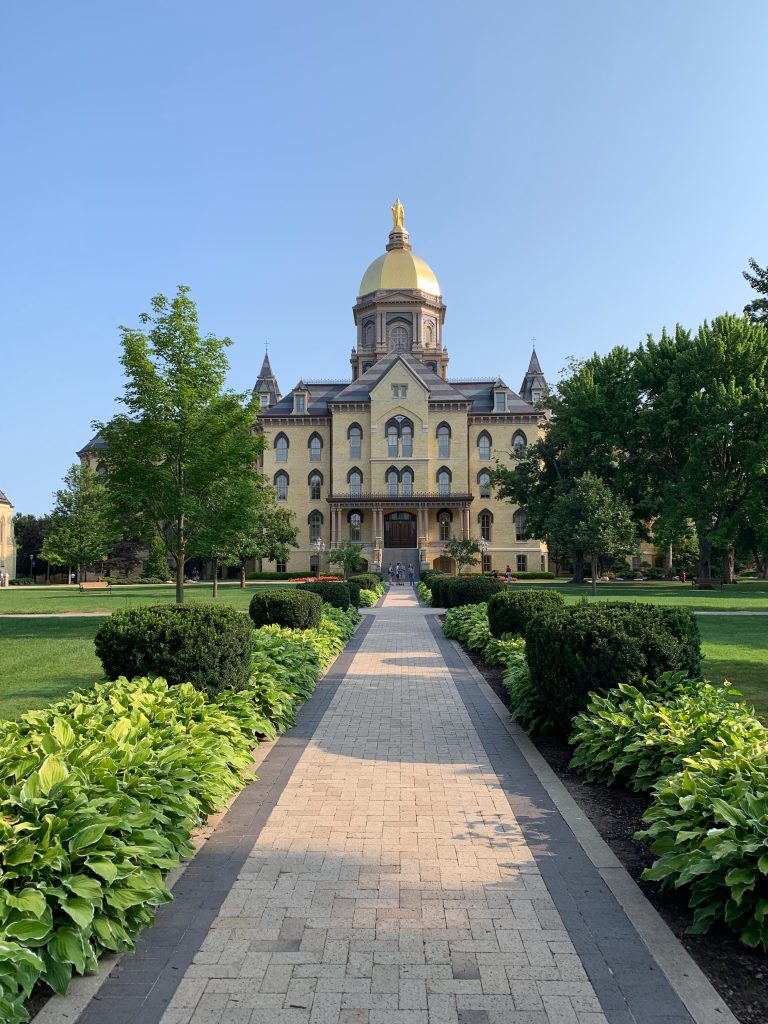Financing a master's degree in the US
There are several sources of funding available to graduate and PhD students. It is our experience that a student rarely gets the full amount from one source, so it is important that you apply to several institutions for financial aid. Below you can read more about the costs and funding options for your studies.
Costs
Studying in the United States is expensive. It is not possible to give absolute amounts because costs vary by institution, program and region. A study stay in the US will cost between $15,000 and $75,000 per year.
The major difference between universities is caused primarily by the varying tuition. There is no national organization in the US that sets tuition levels; universities and colleges are more or less free to set it themselves.

How can you find affordable universities?
Tuition at state universities is generally lower than at private universities because state universities are partially subsidized by the governments of the states in which they are located. The subsidy given must primarily benefit residents of the state; therefore, state institutions often charge two tuition rates: one for students from the state (in-state tuition) and one for other students (out-of-state tuition). The latter amount is always higher, but is often lower than at private institutions. On the other hand, private institutions are sometimes actually able to offer good scholarships.
A second factor determining the large differences in costs is the location of the university. The cost of living varies by region: living in the Northeast or on the West Coast of the United States, for example, is more expensive than living in states in the middle of the country. In addition, living expenses at rural universities are generally significantly cheaper than living at a university in a large city.

Financial support from universities
American universities fund a large number of foreign graduate students. There are three types of funding given by US universities: a fellowship, a teaching assistantship, or a research assistantship. PhD students often have more fellowship opportunities than master’s students.
Fellowship
A scholarship is usually awarded to outstanding students pursuing a PhD program. The scholarship will usually consist of tuition remission and a monthly stipend.
Teaching assistantship
An assistantship is a type of job averaging twenty hours a week. For example, you assist a professor, teach first-year students, or review exams. It is the most common type of funding for students in the humanities, languages, and social sciences.
Research assistantship
A research assistantship usually involves assisting with individual professors’ research projects or faculty projects. Assistantships generally cover tuition and other expenses for a year of study. A living allowance is also often included.
The department or faculty of the university to which you apply decides which applicant will receive an assistantship. Requirements for assistantships vary by institution, but in general, teaching assistants are expected to be good teachers.
Keep in mind that the closing dates for assistantships are often earlier than those for admission to a university.
Apply for financial aid
Realize that deadlines for applying for financial aid close early, sometimes even before the application deadlines. The most up-to-date information about scholarship opportunities can be found on the websites of the institutions themselves. For example, check the graduate school’s financial aid information and the information from the specific department where you will be applying.
External scholarship funds
There are a few Dutch and many US independent sponsors and quasi-governmental organizations where you can apply for financial aid for graduate-level study. Closing dates for applications to external funds are often earlier than you receive notice of admission to a university, thus, you should not wait to seek financial aid until you are accepted to a university. In addition, many funders give partial scholarships, so it is important to submit multiple applications.
Fulbright scholarships
The Fulbright Commission itself runs the Fulbright program, which is subsidized by the Dutch and US governments and also receives increasing support from donors. The Fulbright grant is currently $50,000 and is intended for students wishing to pursue a master’s degree or research in the US. PhD students are not eligible for a Fulbright scholarship. Visit the page on Fulbright scholarships for more information on requirements and deadlines.
KHMW-Eizenga scholarship
For graduate students who wish to pursue a master’s degree in economics or MBA in the US. The scholarship is $50,000. Visit the KHMW-Eizenga scholarship page for more information on requirements and deadlines.
Other scholarship funds
Several search engines and reference works offer an overview of other scholarship funds in the Netherlands and the US. The sources below can help you:
Student loans
Do you meet the general requirements to apply for a student loan? Then you may qualify for a loan to accompany your studies in the US. More information can be found on the DUO website. If you are not a Dutch citizen, you can also inquire about loans or scholarships provided in your home country.


